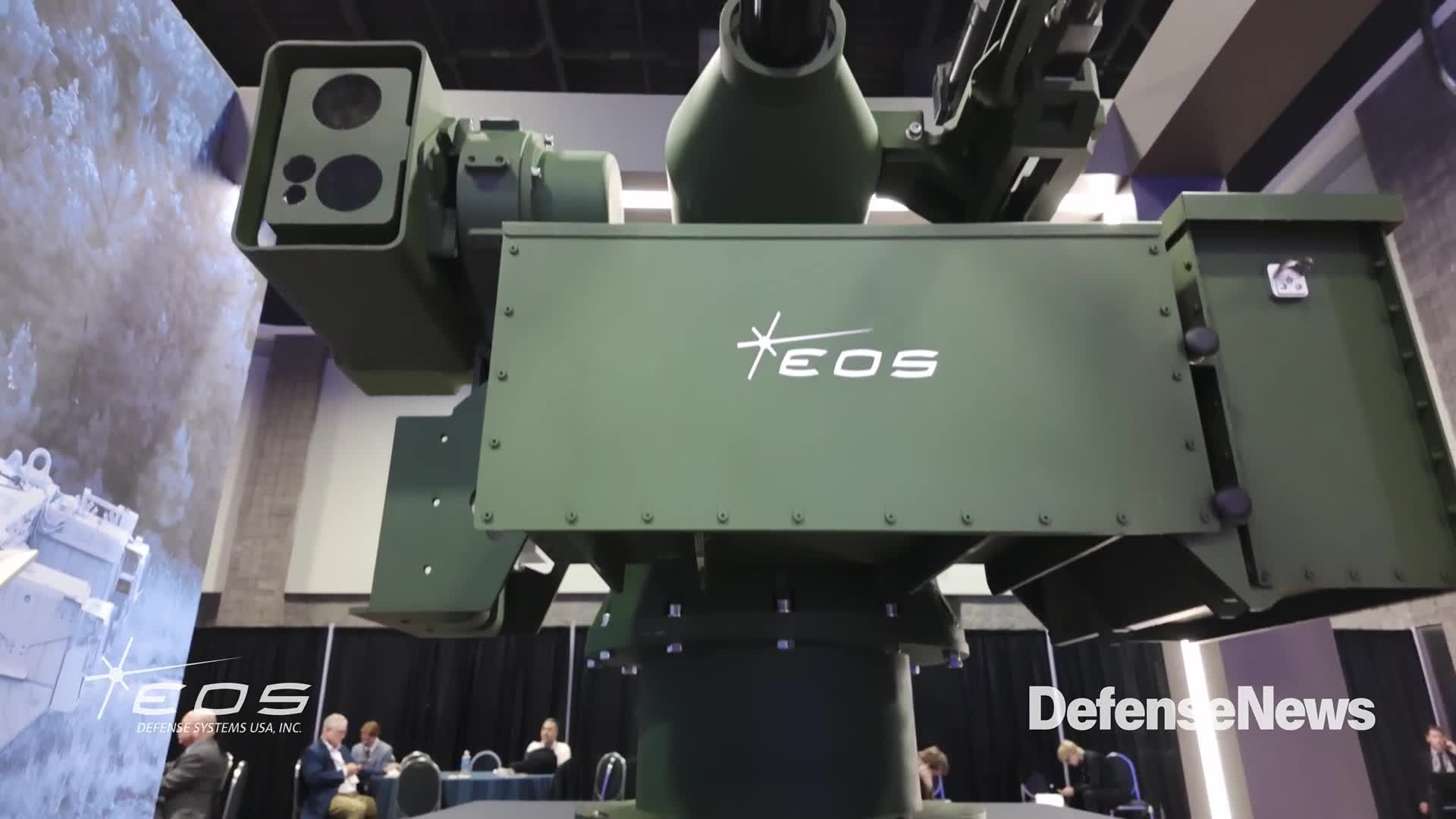COLORADO SPRINGS, Colo. — A newly announced contract between United Launch Alliance and Amazon could have implications for the next phase of the Space Force’s National Security Space Launch competition.
ULA announced this week its Vulcan rocket has been selected to fly 38 launches for Amazon’s Project Kuiper — a constellation of 3,236 satellites aimed at expanding broadband access in underserved regions. Those 38 missions are on top of nine Atlas V rockets Amazon has already ordered from ULA. Arianespace and Blue Origin will also launch a portion of the missions.
ULA CEO Tory Bruno told reporters Tuesday the deal will translate to lower prices for future government launches and will drive infrastructure investments that will have benefits across its portfolio, which is now split 50-50 between government and commercial customers. He wouldn’t offer details on the price reduction other than to say the impact would be significant and in the “double digits” percentage wise.
“There are economies of scale once we are up to that full Amazon rate,” he said. “It would be available for the next round of competition for the government.”
Bruno noted that even if “against all odds” Amazon’s Kuiper plans fall through, the additional capacity ULA is developing will likely be needed by the government as it integrates more proliferated low Earth orbit constellations into its architecture.
“This country is going to need a much higher industrial capacity, as we go forward over the next decade,” he said. “My assessment was that, well, if Amazon goes away, in the near term, I’ll be over capacity. But in just a few years, the government would catch up to that. And I would be able to use that capacity for them.”
ULA is one of two launch companies providing launch services under Phase 2 of the Space Force’s National Security Space Launch program. The company in August 2020 won 60% of launches in a five-year manifest; SpaceX received the remaining 40%. Ordering for Phase 2 missions — which will fly between 2022 and 2027 — runs through the end of 2024. The service plans to launch another competition to select providers for the third phase and expects to begin awarding those missions in 2025.
The service in late January issued a request for information for NSSL Phase 3, conducting early outreach to companies that might compete and asking for details on their launch systems. The market research notice also asked companies for ideas on how to cut integration timelines from two years to one and incorporate new acquisition approaches.
In the meantime, ULA’s Vulcan rocket is in the final stages of development and is slated for first flight later this year — about a year later than previously projected due in part to delays from Blue Origin, which makes the rocket’s BE-4. Bruno said today ULA expects to have the first two BE-4s on hand by “mid-year.”
“We’re feeling really good about where we are with wrapping up development and getting onto the launch pad,” he said.
Vulcan is slated to carry its first government mission in late 2023.
The Space Force’s 2023 budget request includes funding for six launches — three for the Space Force and three for the Space Development Agency, which is building proliferated, small satellite constellations in low Earth orbit.
Asked today how ULA and its rockets that are sized to carry larger satellites might compete with other providers for those SDA launches, Bruno said he thinks the company is in a good position — particularly if the task is to launch a large number of spacecraft at once.
“When you’re doing a one-demo, two-demo here and there, you probably want a smaller launcher to lift up your one tiny little satellite,” he said. “But when you want to launch a whole constellation of small spacecraft, you must economically put that on a heavy launch vehicle. . . . When it’s time to put up the big constellation, this is the only place you can do it.”
After awarding a $150 million launch contract to SpaceX for its first two launches, SDA announced in August it would use the NSSL contract for missions going forward.
Courtney Albon is C4ISRNET’s space and emerging technology reporter. She has covered the U.S. military since 2012, with a focus on the Air Force and Space Force. She has reported on some of the Defense Department’s most significant acquisition, budget and policy challenges.








